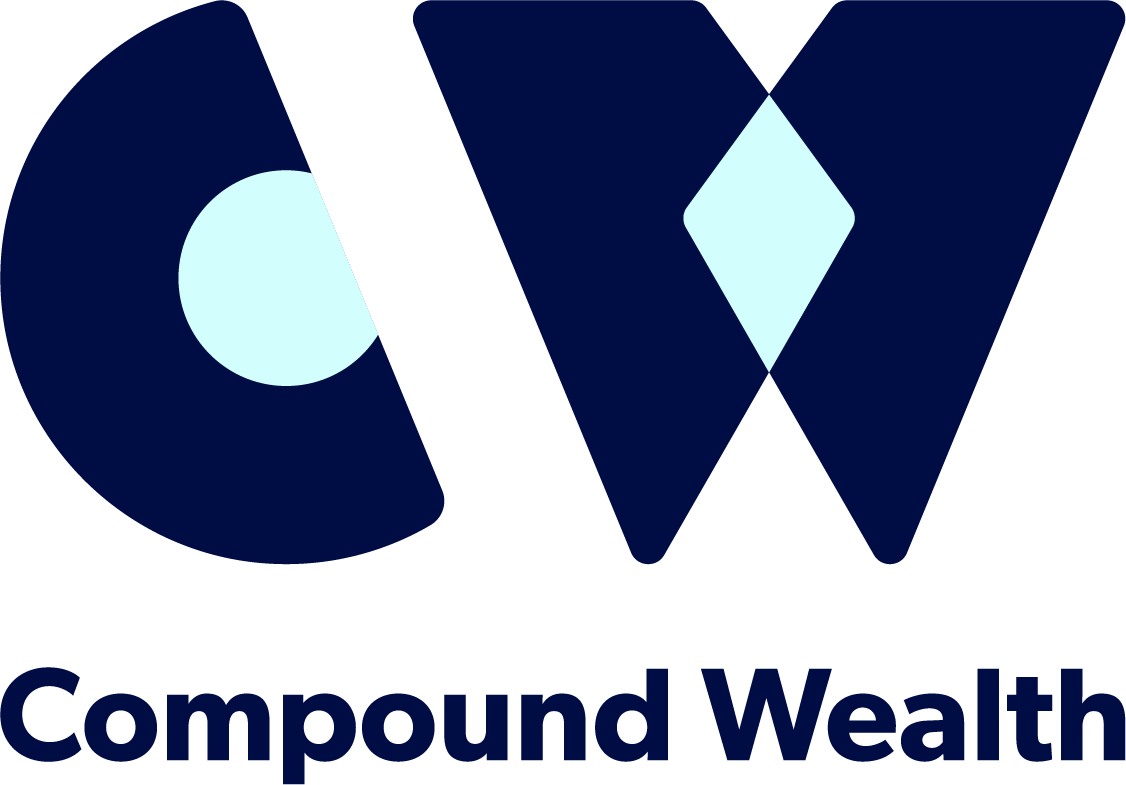Self-Employed? Why KiwiSaver is worth it
Many self-employed people don’t see the benefit of KiwiSaver so miss out on the rewards.
They know they won’t get the employer contribution, therefore, are hesitant to lock any of their money away until retirement. They also see it as their tax money that pays for the government contributions, so where is the real benefit?
If you’re self-employed your income may also be irregular and uncertain, so paying into KiwiSaver may be at the expense of paying other bills like your mortgage. Effectively, it can seem like trading your safety net today for some certainty in retirement.
However, an auto payment of just $20 per week will see you reach the maximum government contribution, or alternatively you can invest the $1042.86 when you have the money. This ensures that you aren’t leaving the government contribution of $521.43 on the table.
To better explain the benefits KiwiSaver can offer the self-employed, let’s take a look at an example:
Joe is 45 years old and has just started a business, therefore he only wants to contribute the minimum to his KiwiSaver as he wants to invest as much as he can back into his business.
KiwiSaver Scheme Projections for Joe
The following graph shows the potential growth of (Joe's KiwiSaver) from now until his retirement given the following assumptions: -
The projection uses a rate of return of 8.10% (High Growth Strategy) which is net of fees and taxes (28% PIR).
Joe will make voluntary contributions of $1,043 per annum.
To help Joe achieve his savings objectives, the Government will provide ongoing government contributions of 50 cents for every $1.00 that he contributes up to a maximum of $521.43 annually.
From just $20,860 of personal contributions over the next 20 years, Joe will have $84,574 waiting for him when he reaches 65.
Of this $84,574:
$20,860 are his contributions.
$10,420 are government contributions.
$53,294 are the returns earned (this is the power of compounding returns)
This works out to an Internal Rate of Return (IRR) of 12.04%, making it an easy and high-returning investment. These high returns are largely driven by the free government contribution given to you each year and the compounding effect of the returns on these contributions.
In contrast, if you were to invest the $1043 per year by yourself into a fund returning the same as the High Growth fund shown above, you would end up with just $48,261.
We think KiwiSaver for the self-employed is a no-brainer as the numbers don’t lie. What are your thoughts?
If you're uncertain about whether you're optimizing your KiwiSaver investment, we invite you to take our KiwiSaver Discovery Quiz. Upon completion, we'll be happy to offer you a complimentary recommendation.
Compound Wealth is a KiwiSaver, Retirement and Private Wealth Financial Advice Firm based in Mount Maunganui, Bay of Plenty.


